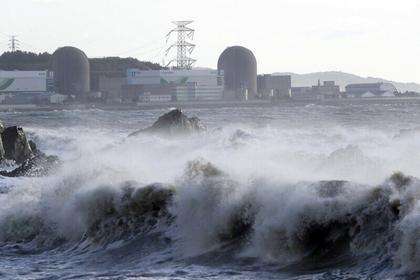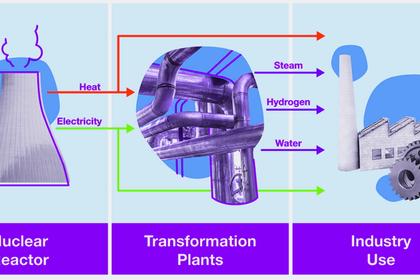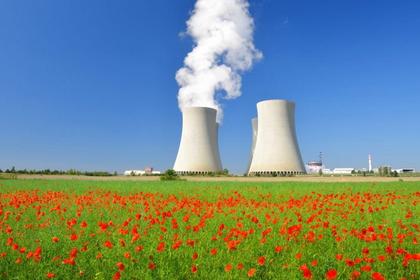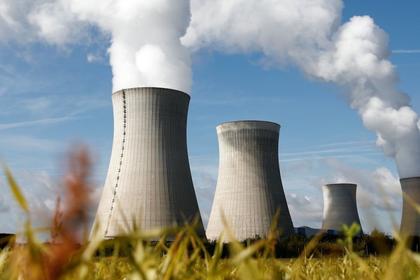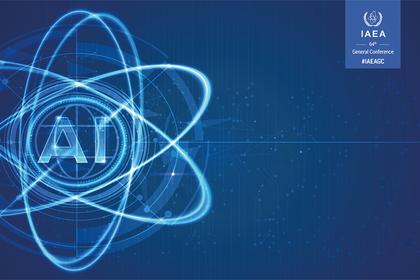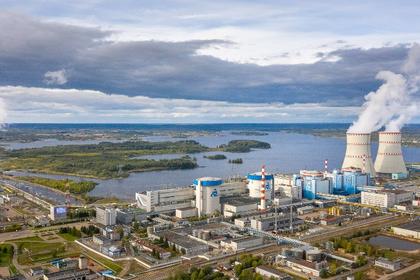
NUCLEAR FOR SPACE
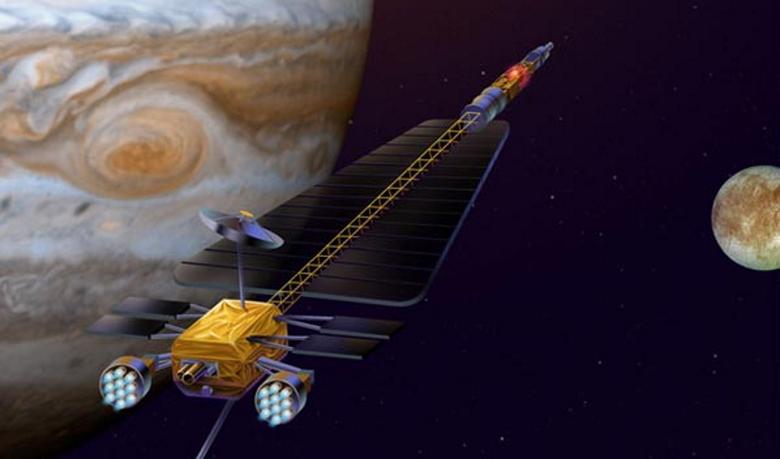
IAEA - FEB 18 2022 - Humanity is poised to embark on a new age of space travel to Mars, our solar system and beyond as nuclear power and related technologies promise to make interplanetary missions faster, more efficient and economical. These were the conclusions of a panel of international experts from the public and private sectors at this week’s IAEA webinar, “Atoms for Space: Nuclear Systems for Space Exploration”.
Advances in both nuclear fission and fusion will be indispensable for deep-space travel, they agreed, also highlighting that nuclear energy could supply electricity for onboard systems and instrumentation, and power a sustained human presence on celestial bodies in the solar system.
“Nuclear technology has long played a vital role in prominent space missions,” said Mikhail Chudakov, IAEA Deputy Director General and Head of the Department of Nuclear Energy. “But future missions could rely on nuclear powered systems for a much broader spectrum of applications. Our pathway to the stars runs through the atom.”
Nuclear fission derives energy from splitting atomic nuclei, while nuclear fusion does so by joining them, releasing energy in the process. Webinar participants heard about systems that can use both fission and fusion for spacecraft propulsion, extra-terrestrial surface power and power for onboard spaceship systems.
Spacecraft propulsion
Rockets lifting off from Earth will depend on chemical fuels for the foreseeable future. However, once in orbit, nuclear engines could take over and provide propulsion to accelerate spacecraft through space.
“Crewed interplanetary missions of the future will almost certainly require propulsion systems with performance levels greatly exceeding that of today’s best chemical engines,” said William Emrich, former Lead Project Engineer at NASA, adding that a solid candidate to be used for space travel is nuclear thermal propulsion (NTP).
In NTP, a nuclear fission reactor heats up a liquid propellant, like hydrogen. The heat converts the liquid into a gas, which expands through a nozzle to provide thrust and propel a spacecraft. The advantages of NTP are that space flights would need to lift less fuel into space, and NTP engines would reduce trip times – cutting travel time to Mars by up to 25 per cent compared traditional chemical rockets. Reduced time in space also reduces astronauts’ exposure to cosmic radiation.
Nuclear electric propulsion (NEP), on the other hand, is an option in which the thrust is provided by converting the thermal energy from a nuclear reactor into electrical energy, eliminating the associated NTP needs and limitations of storing propellants onboard. In NEP, the thrust is lower but continuous, and the fuel efficiency far greater, resulting in a higher speed and potentially over 60 per cent reduction in transit time to Mars compared to traditional chemical rockets.
“For space missions that need high electric power output, such as a human Mars mission or space ferries, a fission reactor-based power system can be a very competitive choice,” said Hui Du of the Beijing Institute of Spacecraft System Engineering, citing a China Academy of Space Technology study in 2015, which found that a human Mars mission would not be feasible without space nuclear reactors.
An NEP system being developed by Ad Astra Rocket Company, the Variable Specific Impulse Magnetoplasma Rocket (VASIMR), is a plasma rocket in which electric fields heat and accelerate a propellant, forming a plasma, and magnetic fields direct the plasma in the proper direction as it is ejected from the engine, creating thrust for the spacecraft. Unlike traditional NEP, the VASIMR design would enable the processing of large amounts of power while retaining the high fuel efficiency that characterizes electric rockets.
“In the near term, we envision the VASIMR engine supporting a wide array of high-power applications from solar electric in cislunar space, to nuclear-electric in interplanetary space,” said Franklin Chang Díaz, CEO of Ad Astra Rocket Company. “On a longer term, the VASIMR could be a precursor to future fusion rockets still in the conceptual stage,” he added.
Fusion rockets, like the Princeton Field Reversed Configuration reactor concept under development at the Princeton Plasma Physics Laboratory, would have the advantage of producing a direct fusion drive (DFD), directly converting the energy of the charged particles produced in the fusion reactions into propulsion for the spacecraft.
“A DFD can produce specific power several orders of magnitude higher than other systems, reducing trip times and increasing payloads, thus enabling us to reach deep space destinations much faster,” said Stephanie Thomas, Vice President of Princeton Satellite Systems, who discussed possible DFD-powered missions into near-interstellar space, human Mars missions and lunar base surface power. She also explained that a DFD could have the advantages of its small size and the need for very little fuel – a few kilograms could power a spacecraft for ten years.
Extra-terrestrial surface power
Nuclear reactors could also be used to provide astronauts with a reliable source of surface power for extended exploration missions and a possible sustained human presence on other planetary bodies, supplying power for decades without need for refuelling. Fission surface power reactor designs are microreactors that could provide electrical power in the range of tens of kW for a period spanning from one to a few decades. The current focus is on using low enriched uranium fuels or high-assay low enriched uranium fuels.
“NASA’s priority focus remains on designing, building and demonstrating a low enriched uranium fission surface power system that has broad applications for the lunar surface initiative as well as our eventual mission to Mars with humans, scalable to power levels above 100 kWe, and has the potential to advance NEP system needs,” said Anthony Calomino, Space Nuclear Technology Portfolio Manager at NASA.
“Use of nuclear fission reactors, carrying out continuous chain reactions for many years, is inevitable both for space propulsion and for extraterrestrial surface power,” said Vivek Lall, Chief Executive of General Atomics Global Corporation.
Power for onboard spaceship systems
Besides thrust, spaceships need electrical power to maintain life support systems, communications and other hardware. Radioisotope thermoelectric generators (RTGs), which have powered the Voyager spacecraft over several decades far away from the sun, were highlighted for their potential to supply long-term heat and electricity to future spacecraft onboard systems in the cold temperatures of hard space, without any maintenance.
Future nuclear-based solutions for thrust, such as the DFD, might also simultaneously be able to provide electricity. “Our studies show that a direct drive fusion-powered rocket engine can produce both power and thrust with the best performance, generating electric power and propulsion from a single engine,” said Thomas.
Over five-hundred people from 66 countries attended the two-day webinar on 15 to 16 February.
-----
Earlier:
